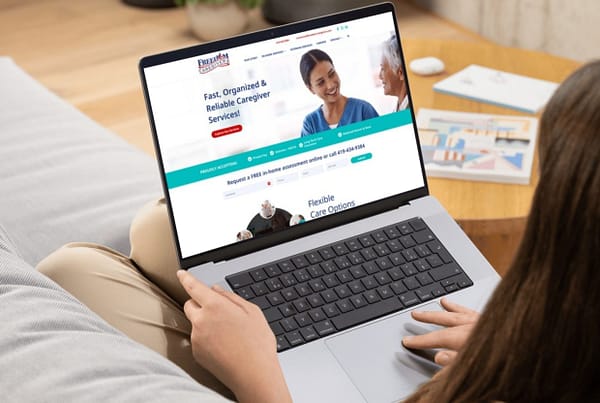
Digital Commerce
Today e-commerce has become a standard part of a commerce business, not a stand-alone threat to brick and mortar stores. Whether you’re just getting started in sales or have an established business that needs to add or upgrade an online solution, there are some basics for digital commerce that you’ll need to get started. Some of these things may seem obvious, but can easily get overlooked in the planning phase or differ from things that have already been established in the retail store.
Product Images
Maybe you already have a single catalog image for each product, which is a great start, but for the web you need more. Even if the product is a perfect cube in a solid color, as a consumer, I want to see all six sides. The online shopping experience is different in that you can’t physically touch or visually inspect the product in person. These images need to substitute for that experience as best as possible. The more, good quality images the better.
Payment Gateway
In store, cash and card are accepted, and the cashier, cash register, and credit card reader handle the rest. For digital commerce, how you’re going to get paid requires a little bit more research. Smaller businesses can use PayPal easily for free, but if you’re a larger enterprise another secure option might make more sense to keep users on your site during checkout. Even PayPal has a paid Pro option that doesn’t reroute the consumer to their website, but still offers the security and flexibility of their services. Authorize.net, Stripe, and 2CheckOut are just a few of the options available to accept secure payments on your e-commerce site.
Taxes
The tax laws that are relevant to your store vary by state. Ohio, for example, mandates that the location of the store or warehouse in Ohio decides the tax rate to be charged online, which is to be charged only to Ohio residents. While there are many online resources to help explain e-commerce tax laws, I recommend talking to a professional. A quick call to the Ohio Department of Taxation yielded the information above, and the peace of mind that the taxes of the e-commerce store I was working on were set up correctly.
Shipping
If you’re selling a physical product online, you’re going to have to ship it to your customers. You’d be surprised how often this is overlooked until the last minute, and unless your second business is a budding shipping company, someone else is going to have to do this for you. Depending on the size and weight of the product, USPS, UPS, FedEx and DSL have options available to you. Contact your shipping company of choice to set up negotiated rates prior to the launch of your e-commerce site, and ensure that they have a service for your products needs.
Robintek has experience setting up custom digital commerce solutions in our own Robintek CMS (Content Management System) and in WordPress with WooCommerce, Shopify, and other services. Contact us today to get started with your online store.







